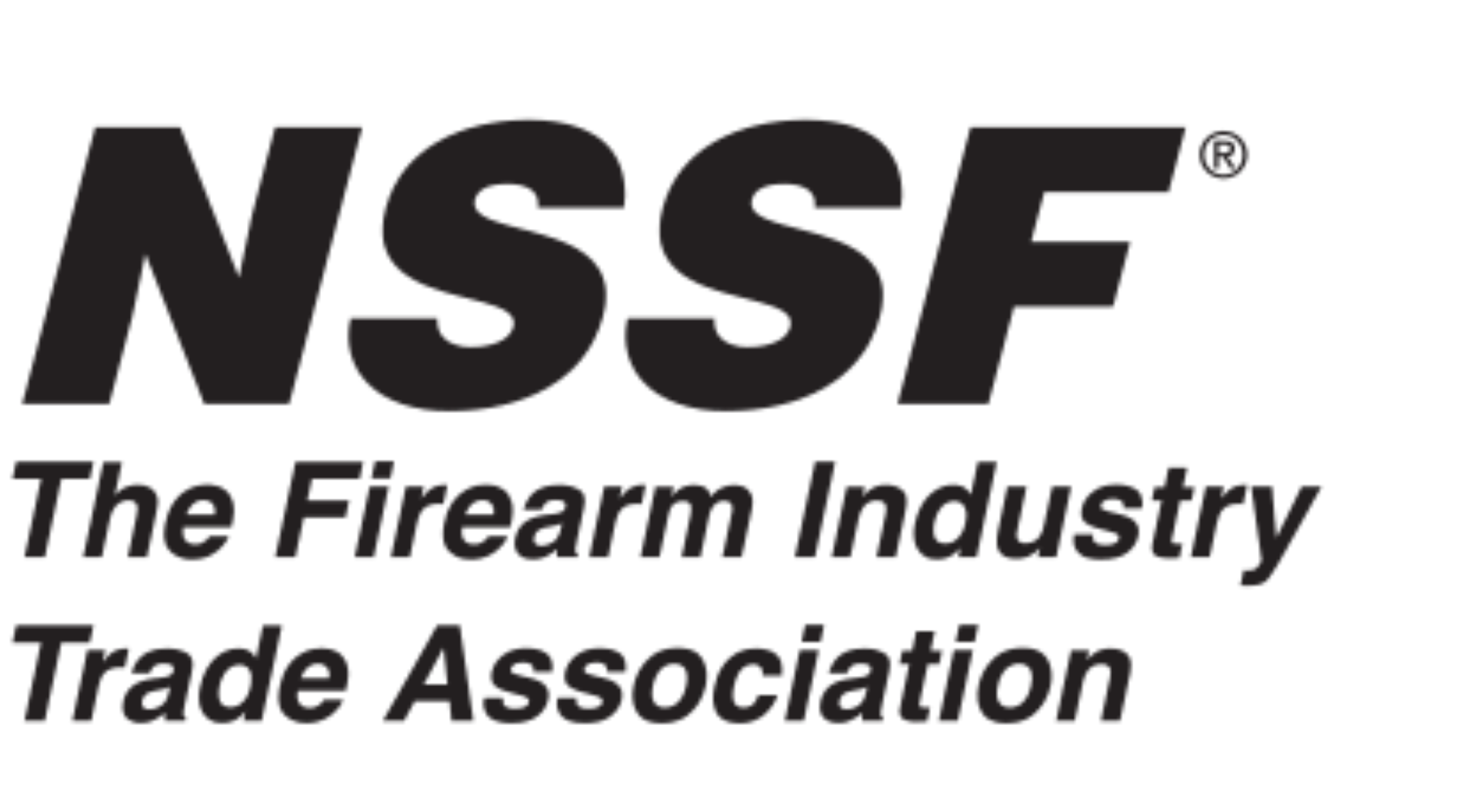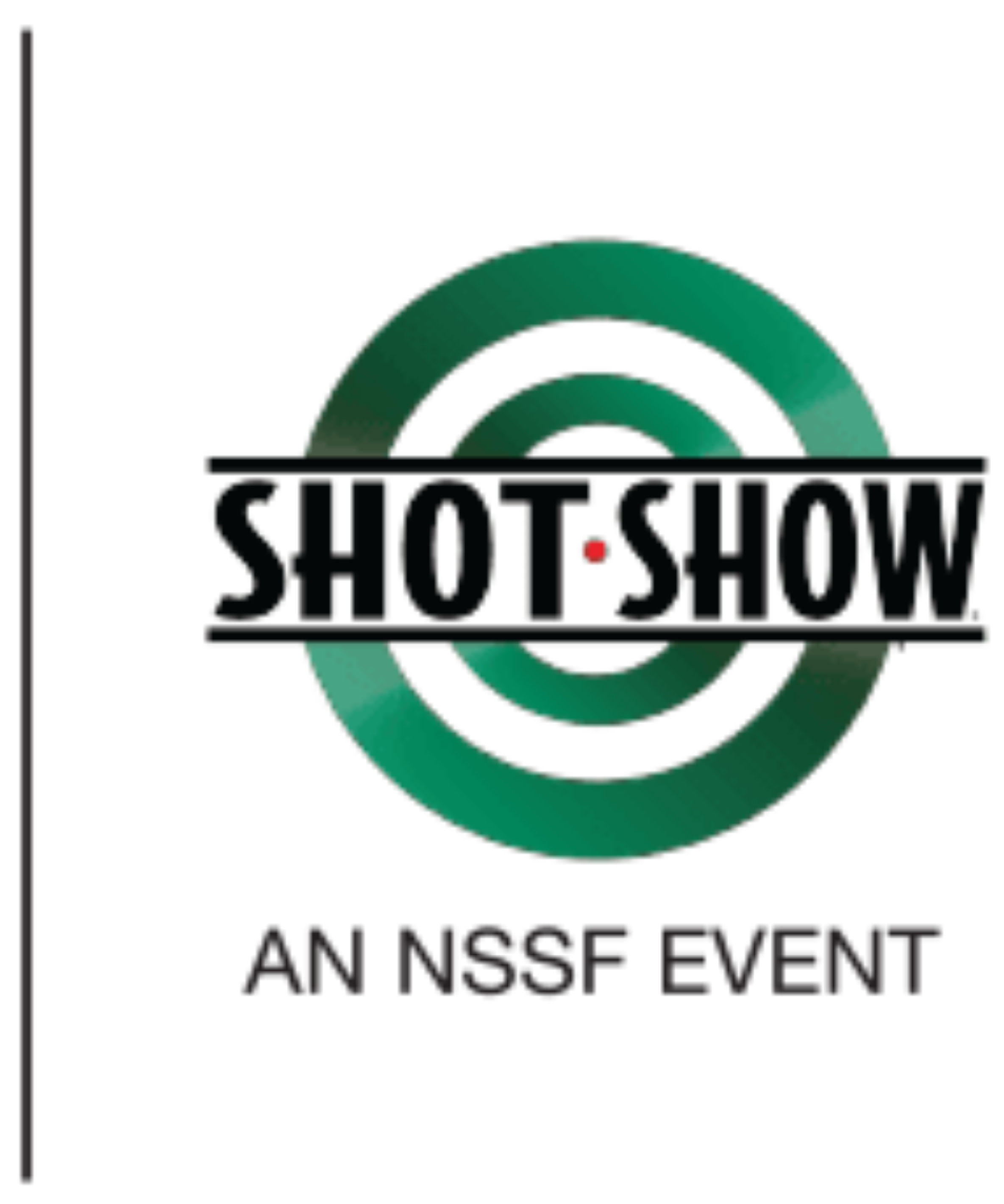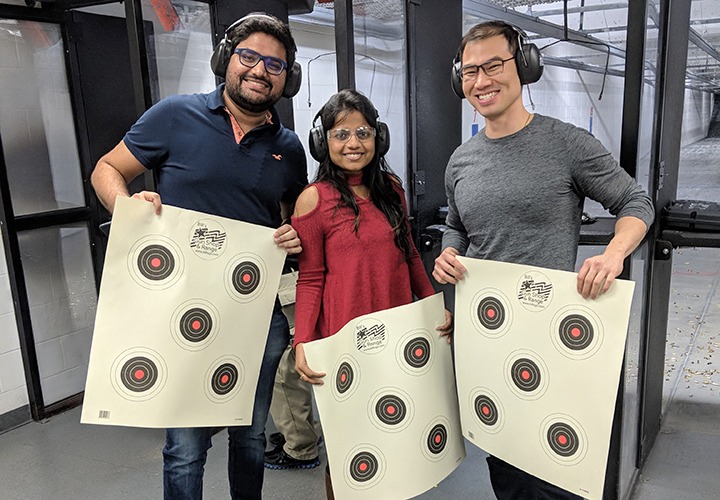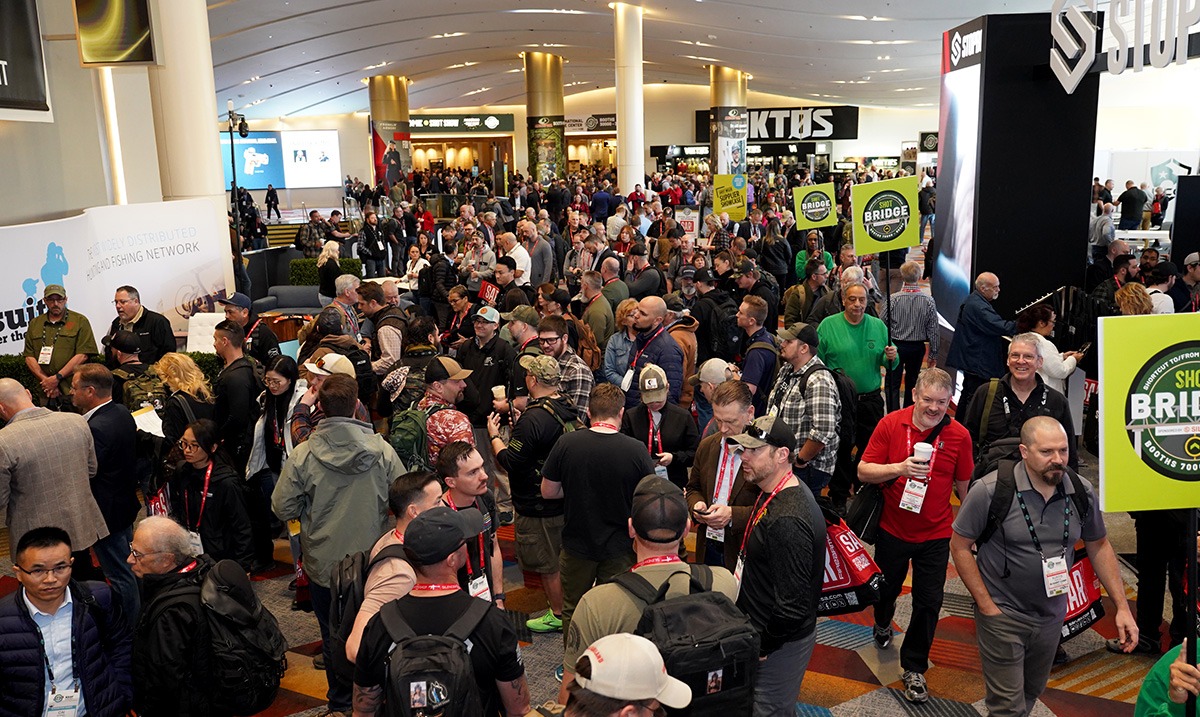 Back to News
Back to News
May 24, 2017
Excess Inventory Stifles Profits and Cash Flow
Excess inventory is like unwanted body fat: It’s easy to gain, hard to lose and unhealthy. Like fat, surplus, obsolete and slow-moving merchandise (collectively SOS) consumes space and encourages the owner to “deal with it tomorrow.”
Your inventory can sweeten your bottom line or significantly sour your profits and cash flow. It all depends on how much of one’s inventory investment is tied up in “A-grade” merchandise (that merchandise in strong demand) and how much is in surplus, obsolete and slow moving (SOS) inventory. A healthy inventory mix is one that has balance between that which sells quickly (the A’s) and that which doesn’t (the C’s). Commonly,
- “A” items represent approximately 20 percent of the total SKUs but produce 80 percent of the sales
- “B” items represent approximately 40 percent of the total SKUs but produce 15 percent of the sales
- “C” items represent approximately 40 percent of the total SKUs but produce only five percent of the sales.
If inventory levels of the A’s, B’s and C’s don’t mirror their sales, the result is glutted inventory, damaged profits and lousy cash flow.
How Much is Too Much?
Excessive inventory is that which is in excess of what is needed to sustain sales according to your store’s turn rate objective and which, if totally eliminated, would have little negative effects on the sales and image of the company. The larger problem with excessive and unneeded inventory is that it generates carrying costs — insurance, handling, obsolescence, shrinkage and opportunity costs — of about 20 percent per year, compounded. Additionally, SOS inventory reduces your ability to respond to market conditions, diminishes buying opportunities, clogs open-to-buy opportunities and forces eventual markdowns, which of course result in decreased margins.
In truth, your inventory is in a constant state of going obsolete as it collects, ages and loses consumer appeal. Cash flow ultimately suffers. Thus, the objective for improving your store’s financial health is to seek sales and inventory parity — i.e., move your inventory dollars from the B- and C-grade merchandise into the A-grade items, which should (ideally) account for approximately 80 percent of a your sales.
Your C’s are in Hiding
This sounds simple, but in practice it’s harder than one would think. C-grade items can be the most difficult to adjust, because these items “hide.” They sit in small pockets and reside in marginal areas of the store (side rooms, corners, bottom shelves, etc.). This SOS inventory is commonly considered as benign, and it remains opaque yet consumes vast inventory dollars and steals profits. Correcting the problem by identifying SOS inventory is exacerbated by the fact that item status often changes over time. An A item in April becomes a C item by October.
In order to really identify the A’s, B’s and C’s you need three specific reports:
- An ABC analysis (aka hot seller list) to define and rank the As, Bs and Cs relative to dollar sales and inventory investment in each.
- An aged inventory analysis that ages your inventory (in descending order starting with your worst sellers first) in terms of weeks of supply (units on hand divided by average weekly sales). This report taken in tandem with your ABC report will identify your best sellers opposite their available inventory (weeks of supply). Once you can clearly see which items are in the A’s, B’s and C’s, you can get rid of the excess inventory and channel the dollars from C inventory to those A and B items, which are generating all the sales.
- An inventory turns by class — cost of goods sold divided by average inventory at cost — report should be run by class. For example, “guns” is a department while “handguns” is the class within the department. You’ll measure the class turn rate over a 12-month period. Any class with a turn rate of 2.5 or less is in trouble. You should strive to achieve four or more turns across all classes. Low turns mean you are investing too much in inventory to support the sales generated.
These three reports plus a turn rate-driven open-to-buy report will define your sales and inventory targets. You may have these reports resident in your current software or you may need some assistance in developing these analyses.
Summary
SOS inventory is a terrible consumer of capital, space, time and labor. Focus on the A merchandise, because that’s where all the action is. Secondarily, seek to reduce your investment in the B’s and C’s in order to release stored cash. In doing so, your company’s financial health will improve measurably.
You might also like: Turn Rate — A Firearm Retailer’s Best Friend for Getting Inventory ‘Right’
About the Author
Robbie Brown has an extensive background in retailing, wholesaling, distribution service industries and consulting. He has been CEO of numerous companies in the shooting sports industry, including several retail chains and distribution companies. Brown consults for businesses of all sizes in both the merchandise and service industries, as well as for a variety of corporations, industry groups and trade associations. He is a frequent round-table moderator and speaker before industry trade shows, conventions and other corporate groups, and he has published more than 300 business-related articles in various trade magazines, delivered hundreds of speeches and served as a business advisor to many CEOs both inside and outside of the firearms industry.
Categories: BP Item, Featured, Retailers, Top Stories









